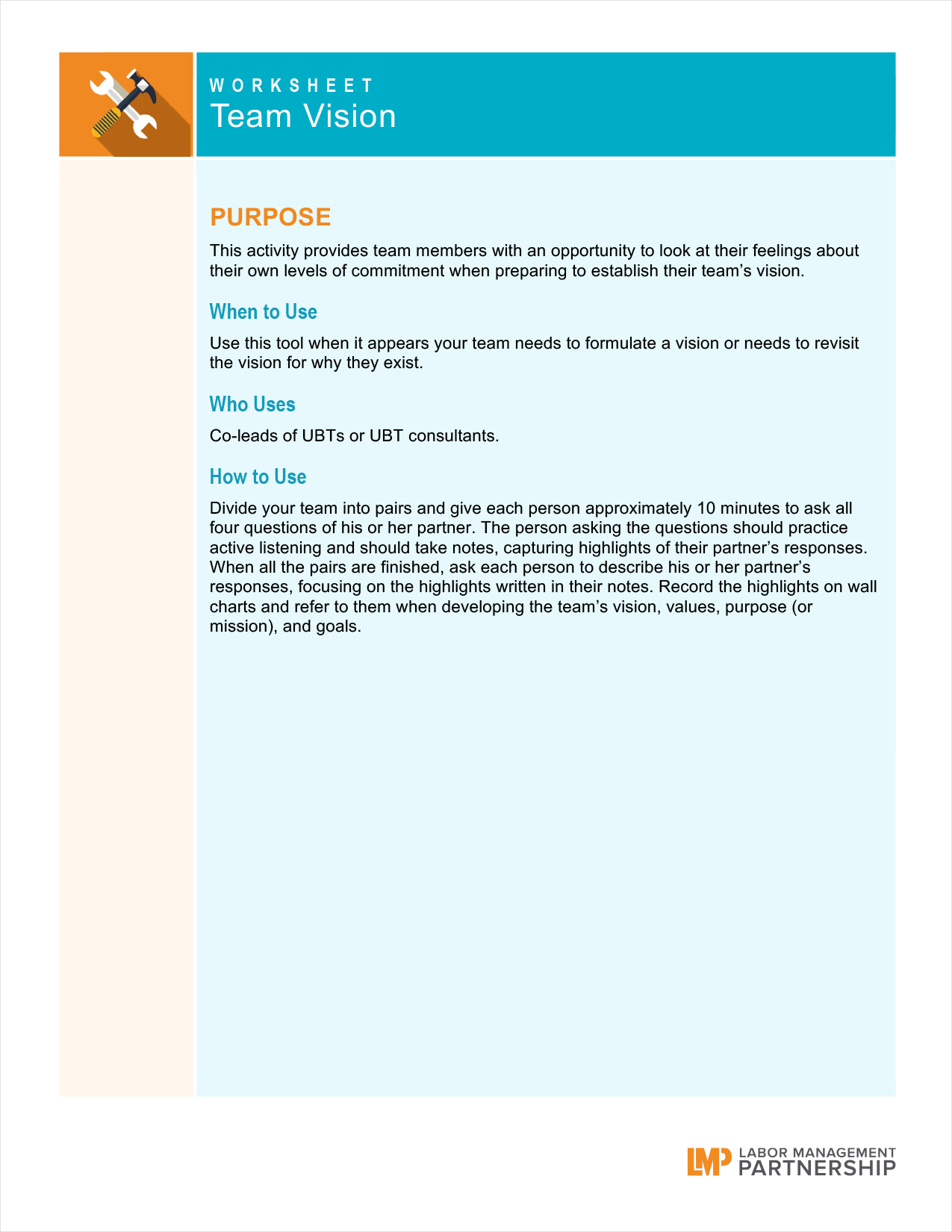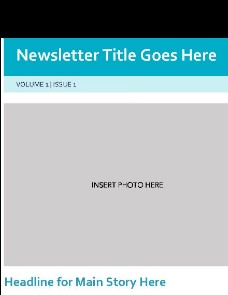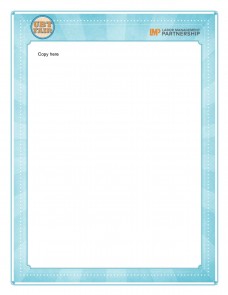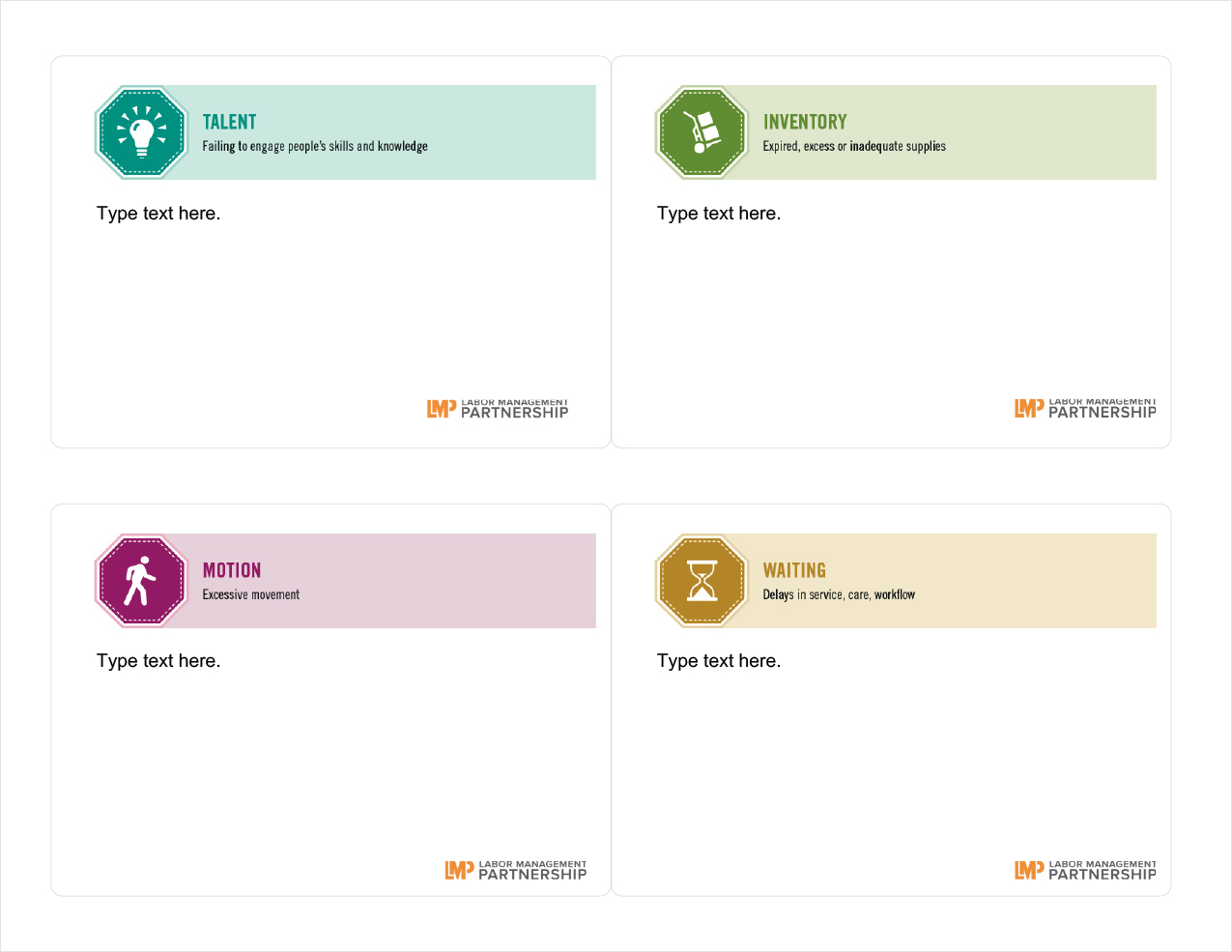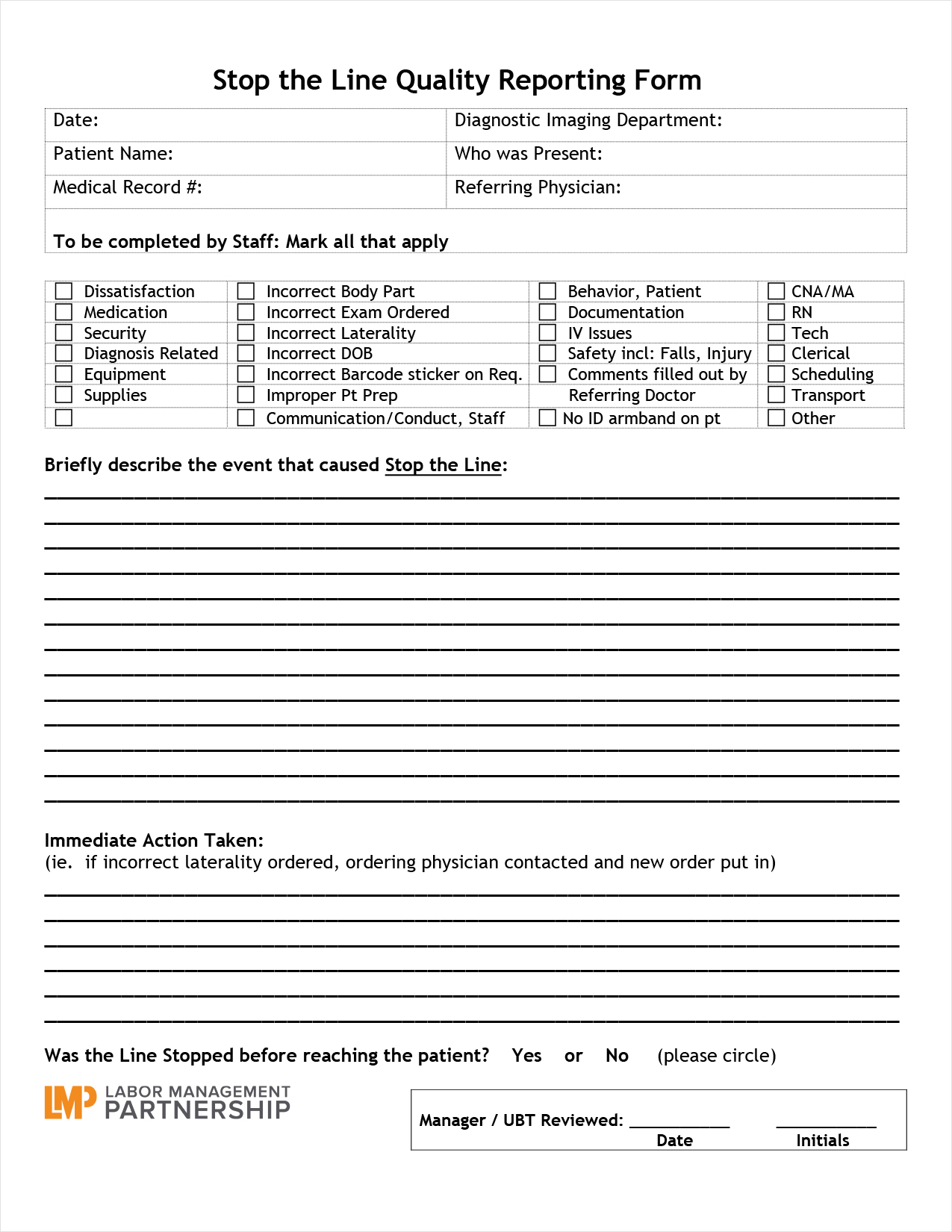When the leaders of Kaiser Permanente and the Coalition of Kaiser Permanente Unions shook hands on their Labor Management Partnership 20 years ago, they weren’t sure where it would take them. Today, it is the largest, longest-running partnership of its kind. It is also the most studied by university researchers.
A new book published by the Labor and Employment Relations Association (LERA) and Cornell University Press shows that the partnership remains a model for workplace innovation. “The Evolving Healthcare Landscape: How Employees, Organizations, and Institutions are Adapting and Innovating” devotes three chapters to LMP’s history, accomplishments and challenges.
Lessons for others
Adrienne Eaton and Rebecca Givan, professors at Rutgers University, and Peter Lazes, a director and researcher at The City University of New York, studied six health care partnerships, including LMP. They were struck by:
“…the extent to which unions have been proactive in driving [all] these efforts....Another development in health care partnerships has been a significant deepening of the role of labor relations staff in operational matters.
“It is [also] important to note that the cases described here have influenced one another because the key stakeholders have directly learned from each other....[For example,] union and management stakeholders in Los Angeles [Department of Health Services and SEIU Local 721] as well as union leaders from the University of Vermont Medical Center have looked to Kaiser for answers.”
Another chapter, by Jody Gittell of Brandeis University and KP Northwest staff members Joan Resnick, Sarah Lax and Eliana Temkin, reports on regional efforts to promote collaboration across work teams. KP was selected for the study in part for what the authors call its “record of leadership and innovation [including] in patient care delivery, health information systems and labor-management relations.” Several strategies, including “living room huddles”—an informal, building-wide get-together—and job shadowing across departments led to higher employee engagement and patient satisfaction scores.
An inside look
The chapter “Leading Change Together” by Jim Pruitt, vice president of labor relations for the Permanente Federation, and Paul Cohen, LMP senior business consultant, explains the conditions that gave rise to the partnership, the need to implement it consistently across the organization and the way it achieves results:
“By bringing together diverse points of view and providing a framework for joint problem solving, the Labor Management Partnership has helped Kaiser Permanente tackle difficult issues....The partnership formed because conditions demanded change. It has endured because it has achieved measurable results. And it continues to flex and grow because we follow a few key principles and practices [including] self-directed work teams, interest-based problem solving and honest conversations.”
All of which explains why outside experts continue to take an interest in the joint efforts of KP and the union coalition. Pruitt and Cohen quote Thomas Kochan, a professor at MIT's Sloan School of Management, who put it this way in a 2013 study:
“Kaiser Permanente is now one of the nation’s leaders in the use of frontline teams to improve health care delivery....The Labor Management Partnership continues to serve…as a model for health care delivery and improvement.”


